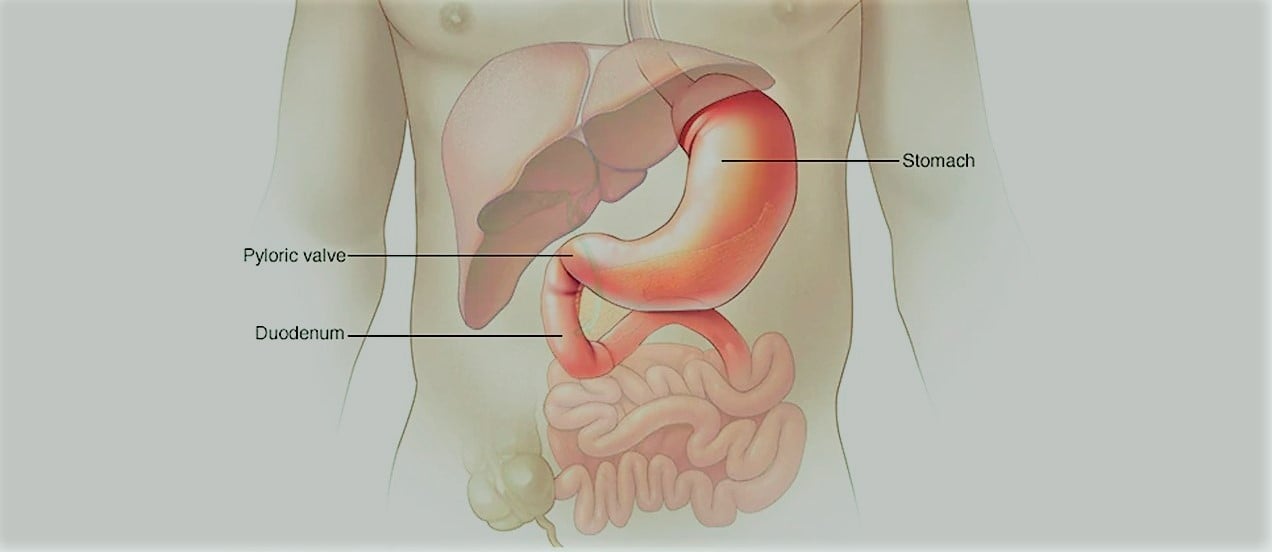This past week in clinical nutrition, we had a clinical case study regarding a patient with gastroparesis. Gastroparesis is a syndrome of delayed gastric emptying without mechanical obstruction being present. It is a complex, and potentially detrimental condition. It is complex due to the fact that gastric motility is controlled by a variety of systems in the body.

Viral infections, diabetes, and surgeries are the most common causes of gastroparesis. As diabetes is such a prevalent diagnosis in our population, it is important to be knowledgeable about common comorbidities related to diabetes. Clinically, the patient may present with abdominal bloating, decreased appetite, unintentional weight loss, nausea, and vomiting. The medical community may promote the use of metoclopramide and erythromycin, which may help to promote gastric motility.
Nutritionally, chiropractic and naturopathic physicians can be of great benefit. It is important to ensure that these patients drink the daily requirement of water. Also, preventing unintentional weight loss is crucial in these patients, and eating 5-6 small meals daily may help to prevent this consequence of gastroparesis. It may also be recommended for the patient to reduce fiber intake, as fiber may slow gastric emptying. If an individual has diabetes, control of blood sugar will be crucial in the reduction of gastroparesis symptoms.
And last, exercise may be of benefit in increasing stomach emptying, and improving the patient’s overall health. Forming a nutritional plan of care is important in promoting the overall health and wellness of our chiropractic patients.
Learn more about how National University trains its doctors of chiropractic to perform as primary care physicians.





0 Comments